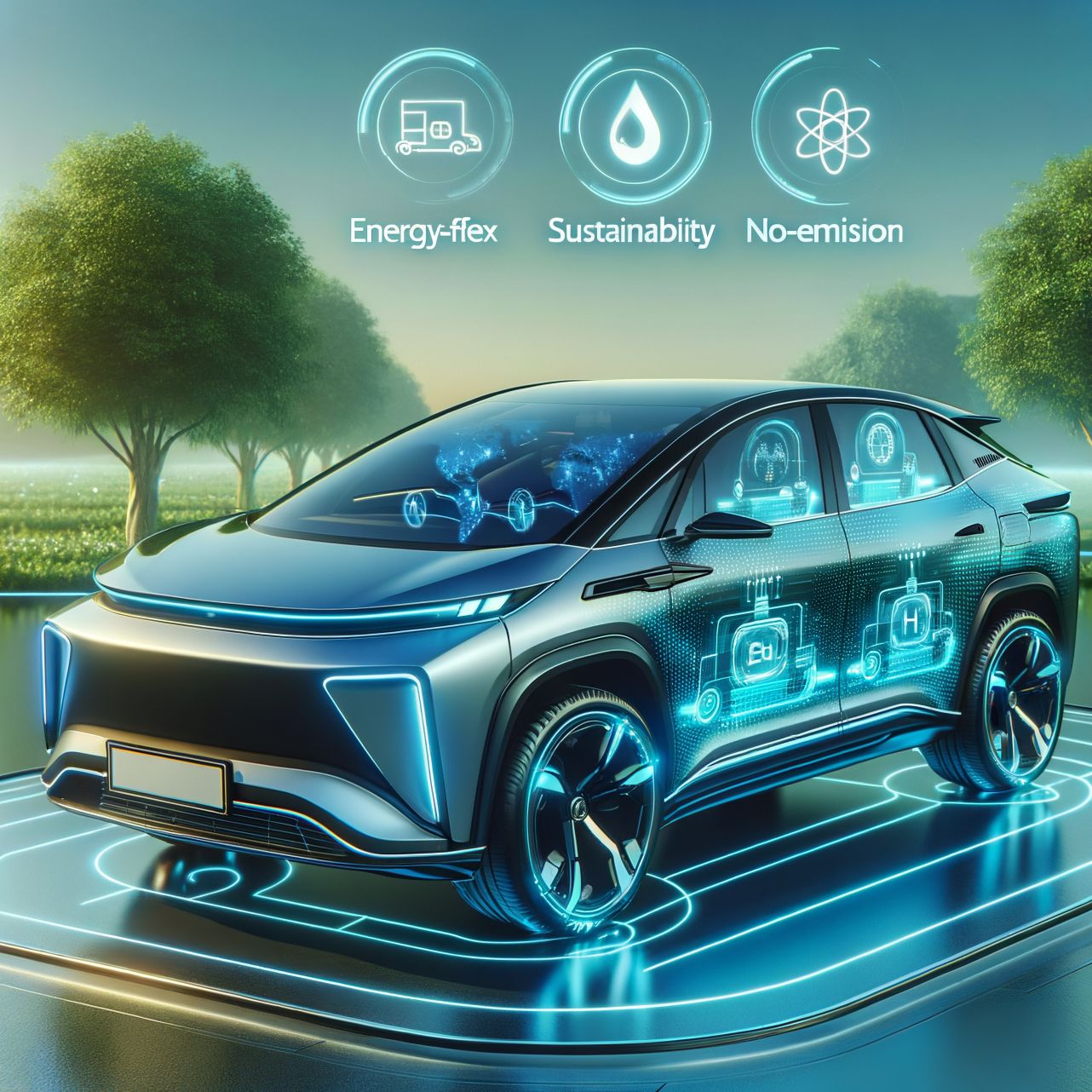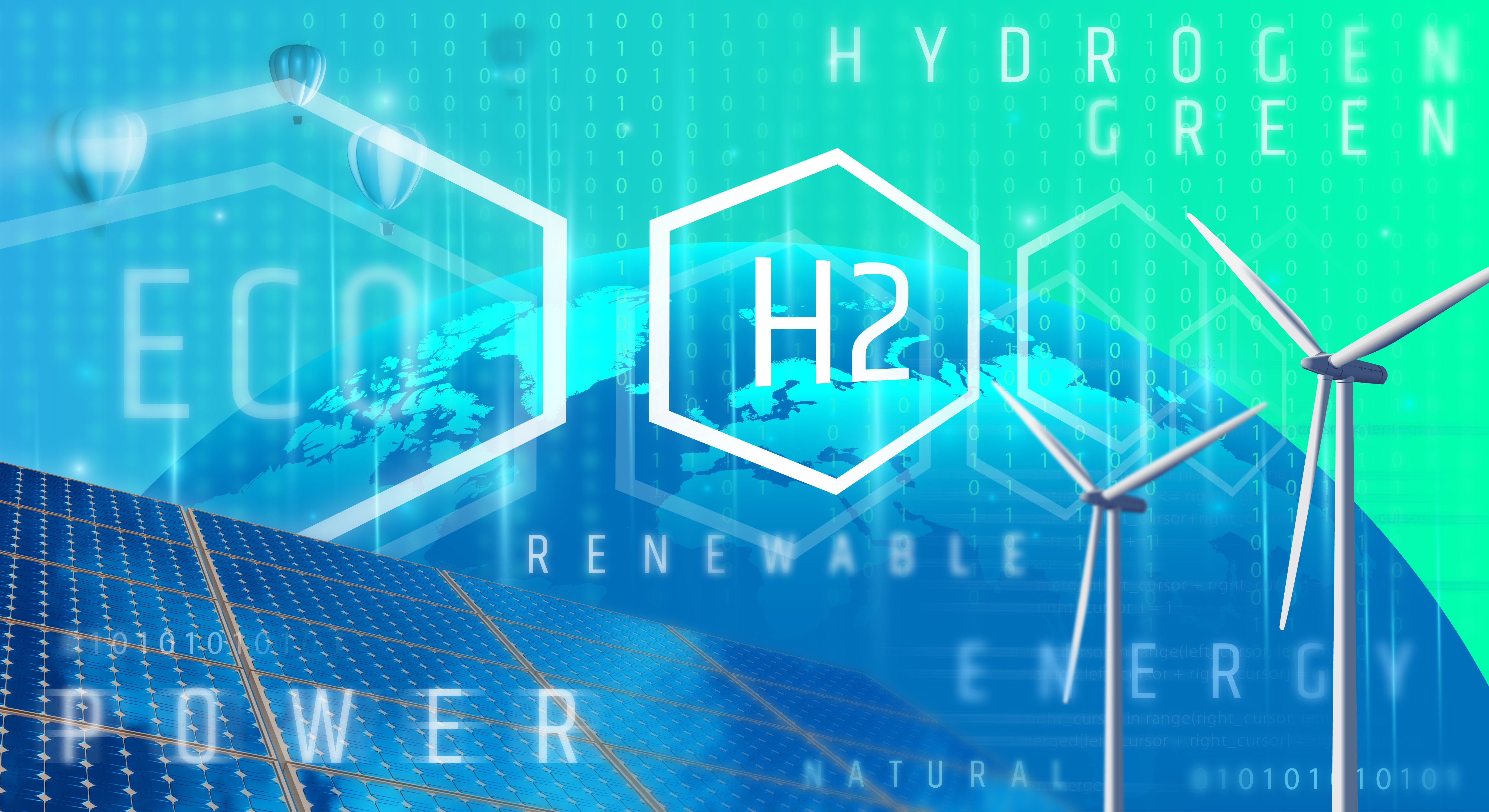Featured Articles
2024-04-03
[2024-04-03 ~
]
Monograph: Automotive-sized and affordable hydrogen sensors produced using MEMS can stimulate the hydrogen energy application market

Monograph: Automotive-sized and affordable hydrogen sensors produced using MEMS can stimulate the hydrogen energy application market
The advent of hydrogen vehicles and the inevitability of its trend have opened the door to the practical use of hydrogen fuel, and the establishment of its ecosystem is imperative. As with any fuel, maintaining the safety of its entire ecosystem is absolutely the first consideration. The use of hydrogen fuel may be associated with the fact that natural gas, which is also a gas, has been used as fuel for many years. Whether the safety mechanism of the latter can be used in the former. Since the physical properties of the two are very different, they cannot be treated equally. Hydrogen is the gas with the lowest density and lightest density. Hydrogen molecules are very small, easily penetrate porous materials, diffuse very quickly, and are extremely leaky. Although hydrogen has been used in industrial applications such as oil refineries, steel mills, and semiconductor factory processes for many years, infrastructure such as hydrogen-related equipment, storage tanks, and pipelines are already very mature, and complete safety mechanisms have been established. However, if hydrogen fuel is to be transformed into people's livelihood and transportation purposes, and widely used in densely populated public places such as office buildings and even residential areas, risk considerations and safety levels must be more stringent than in industrial areas. When hydrogen energy is widely used, it will be constructed from renewable energy green electricity, hydrogen production by electrolysis of water, hydrogen production from fossil fuels, hydrogen production from waste materials, blue hydrogen connected to carbon capture, hydrogen transportation, pipeline hydrogen transmission, hydrogen refueling stations, The huge hydrogen energy ecological chain from hydrogen fuel cells, hydrogen vehicles , buses and trains to other stages, including hydrogen-derived fuels and raw materials, all require the establishment of comprehensive safety mechanisms.
Its sound establishment will be a key factor in its success.
In this huge hydrogen energy ecological chain, the only common denominator responsible for safety control is the sensor for hydrogen leakage. In the past, this key component was only a stereotype used in Toyota's first hydrogen car, Mirai , to highlight the image of safety protection. In fact, not only hydrogen vehicles, but also the operation of hydrogen-related products and equipment such as hydrogen refueling stations and supply chains are also indispensable. Therefore, the market for hydrogen sensors is not limited to automobiles. The focus of industry development has extended to the entire hydrogen energy infrastructure and equipment, and the market potential even extends to automobiles. However, hydrogen diffuses more easily than any other gas and is difficult to capture; furthermore, it is used for safety purposes and requires faster response times and higher durability. Therefore, the development threshold of hydrogen sensors is much higher than that of traditional gas sensors. Although this makes gas sensor suppliers that can provide high performance , high stability and low cost very rare, the hydrogen energy supply chain is an indispensable necessity , the market demand potential is huge, and it has high added value characteristics, making its application Product development is becoming increasingly popular.
Hydrogen sensors need to withstand extremely high temperatures of 800 degrees C, which is the ultimate in sensor technology.
In order to compress the storage space of hydrogen, most hydrogen fuel cells use liquid hydrogen fuel. The fuel cell core of hydrogen vehicles will face severe problems such as instantaneous temperatures of more than 800 degrees C and other thermal effects, making this high-standard hydrogen Sensors have extremely high development thresholds. Furthermore, since the hydrogen sensor is the last line of defense to prevent leakage, it has very strict specifications. The most basic thing is to be able to select and identify hydrogen, and not to cause wrong actions due to misjudgment. Secondly, it has the ability to detect from low concentration areas below 100 ppm to high concentration areas above 1%, and it must respond quickly to changes in hydrogen concentration within 1 to 3 seconds. In addition, like other automotive electronic components, it must also achieve low power consumption, less than 1W or less, to reduce the power load of the system. Providing the ability to quickly detect gas leaks is accompanied by measures to protect against vibrations emitted by vehicle parts and the impact of specific components, durability in harsh environments, and ensuring a service life commensurate with the life of the vehicle. In addition to improving performance, the new generation of products must also have the possibility of reducing costs.
In addition to hydrogen sensors, a variety of other sensors are also needed in hydrogen energy-related devices and equipment, such as pressure sensors, air flow sensors, and temperature sensors. Most of them can use the components used in the industry in the past. Hydrogen sensors are inherently more technically difficult than the above-mentioned sensors, and in order to meet the extremely high specifications of hydrogen vehicles, new development is required. Therefore, among all sensors of hydrogen energy, hydrogen sensors demonstrate the highest technical capabilities.
It may not be difficult to design and produce hydrogen sensors, but it is very difficult to meet the strict safety regulations of automobiles.
Most of the companies involved in development are experienced manufacturers of industrial gas detectors, but they find it difficult to overcome the stringent specifications and standards for automotive use. According to information disclosed by the media, there are only three manufacturers of hydrogen sensors that have been used in mass-produced vehicles.
In 2015, the Toyota Mirai adopted a hydrogen sensor from Japan's Nissha FIS, making it the first product in the world to be used in a mass-produced hydrogen vehicle. However, the requirements of car regulations will improve over time. In 2020, Toyota's second-generation Mirai's hydrogen sensor will be switched to products from the new COSMOS Motor Company. The company claims that its technology is based on a uniquely developed catalyst technology that improves high response and high durability. Honda, which once mass-produced hydrogen vehicles but then discontinued them, uses hydrogen sensors developed by Japan's Special Ceramics Industry NGK.
References
-
Kitakyushu City Government, Kitakyushu Hydrogen Certification Project (provided by Kitakyushu Hydrogen Certification System)
-
Energy-Forum on-line, 2022-03-22, The new コスモス electric motor industry standard hydrogen detection alarm device FCV is being popularized in factories
-
Toyota, 2024-02-05, Chiyoda Corporation and Toyota Jointly Developing Large-scale Electrolysis System
- Hyundai, 2024-01-10, Hyundai Motor Exhibition at CES 2024 Envisions Transition to Hydrogen Energy and Software-Defined Mobility Solutions
- Bosch, New area of business: Bosch to develop components for hydrogen electrolysis
-
TI, Sandeep Tallada, 2019-08, Basic considerations for sensors in the powertrain



